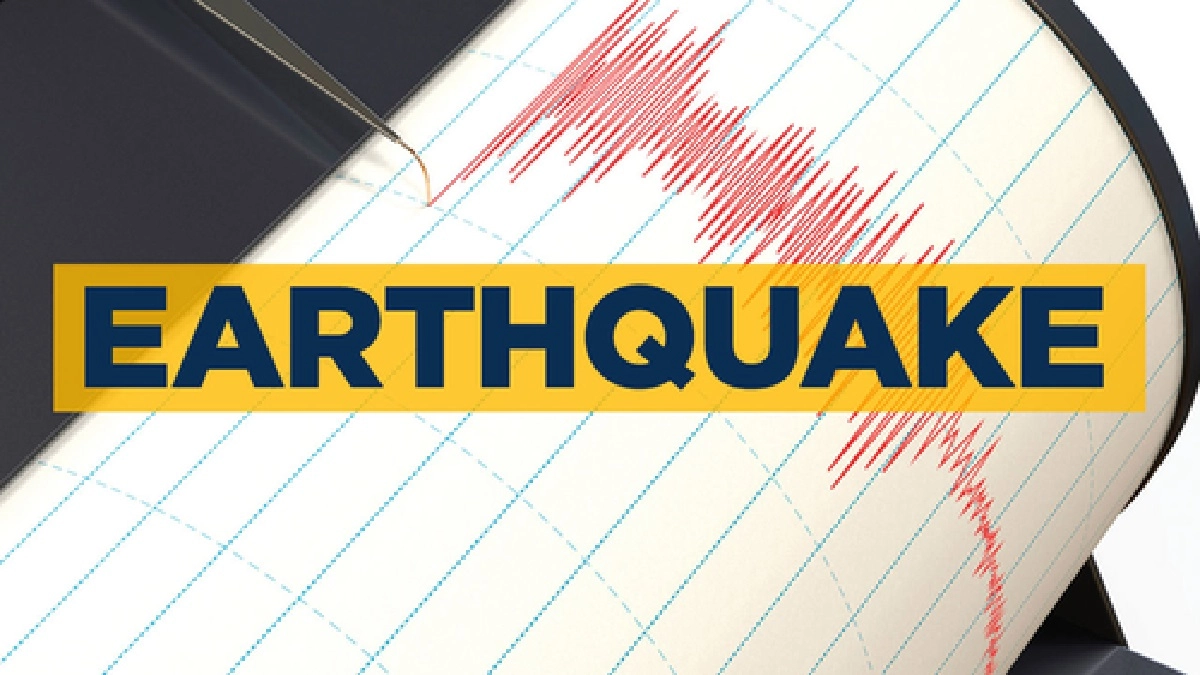World
Philippines Downgrades Surigao Del Norte Earthquake to Magnitude 6

The Philippine Institute of Volcanology and Seismology has revised the magnitude of an earthquake that struck off the coast of Surigao del Norte province on October 13, reducing its intensity from 6.2 to 6. The seismic activity occurred at 7:03 a.m. local time (2303 GMT), with a depth of 28 km, approximately 13 km southeast of General Luna in the Mindanao region.
In its updated report, the institute indicated that this tectonic earthquake is likely to trigger aftershocks. Although the tremor was felt in nearby provinces across the Mindanao region and the central Philippines, there have been no immediate reports of casualties or significant damage.
The recent tremor adds to a series of powerful earthquakes that have affected the archipelago. Just weeks earlier, on September 30, a 6.9-magnitude quake struck Bogo City and surrounding areas in Cebu province, resulting in the deaths of 76 people, according to the National Disaster Risk Reduction and Management Council.
On October 10, twin offshore earthquakes measuring 7.4 and 6.8 shook Davao Oriental province, claiming eight lives. Additionally, a 6.0-magnitude earthquake occurred near Bogo, Cebu, on the same day as the Surigao del Norte quake, further exacerbating the situation in the region.
The Philippines is situated along the Pacific “Ring of Fire,” a region known for its frequent seismic activity. The country is highly vulnerable to various natural disasters, including volcanic eruptions and typhoons, due to its geographical positioning.
The tectonic plates in this area are in constant motion. Over time, friction prevents them from moving freely, leading to the accumulation of stress. When this stress exceeds the friction holding the plates together, it results in an earthquake, releasing energy that travels in waves through the Earth’s crust, causing the shaking felt by residents.
The latest seismic events highlight the ongoing risks faced by communities across the Philippines. As the archipelago grapples with the aftermath of these earthquakes, emergency services and local authorities remain on alert for potential aftershocks and their impacts on the population.
Given the Philippines’ susceptibility to disasters, both natural and man-made, the need for effective preparedness and response strategies remains paramount. The region’s history of seismic activity necessitates ongoing monitoring and public awareness to mitigate the risks associated with future earthquakes.
-

 World3 months ago
World3 months agoSBI Announces QIP Floor Price at ₹811.05 Per Share
-

 Lifestyle3 months ago
Lifestyle3 months agoCept Unveils ₹3.1 Crore Urban Mobility Plan for Sustainable Growth
-

 Science3 months ago
Science3 months agoNew Blood Group Discovered in South Indian Woman at Rotary Centre
-

 Sports3 months ago
Sports3 months agoBroad Advocates for Bowling Change Ahead of Final Test Against India
-

 World3 months ago
World3 months agoTorrential Rains Cause Flash Flooding in New York and New Jersey
-

 Top Stories3 months ago
Top Stories3 months agoKonkani Cultural Organisation to Host Pearl Jubilee in Abu Dhabi
-

 Science3 months ago
Science3 months agoNothing Headphone 1 Review: A Bold Contender in Audio Design
-

 Top Stories3 months ago
Top Stories3 months agoAir India Crash Investigation Highlights Boeing Fuel Switch Concerns
-

 Sports3 months ago
Sports3 months agoCristian Totti Retires at 19: Pressure of Fame Takes Toll
-

 Business3 months ago
Business3 months agoIndian Stock Market Rebounds: Sensex and Nifty Rise After Four-Day Decline
-

 Politics3 months ago
Politics3 months agoAbandoned Doberman Finds New Home After Journey to Prague
-

 Top Stories3 months ago
Top Stories3 months agoPatna Bank Manager Abhishek Varun Found Dead in Well









